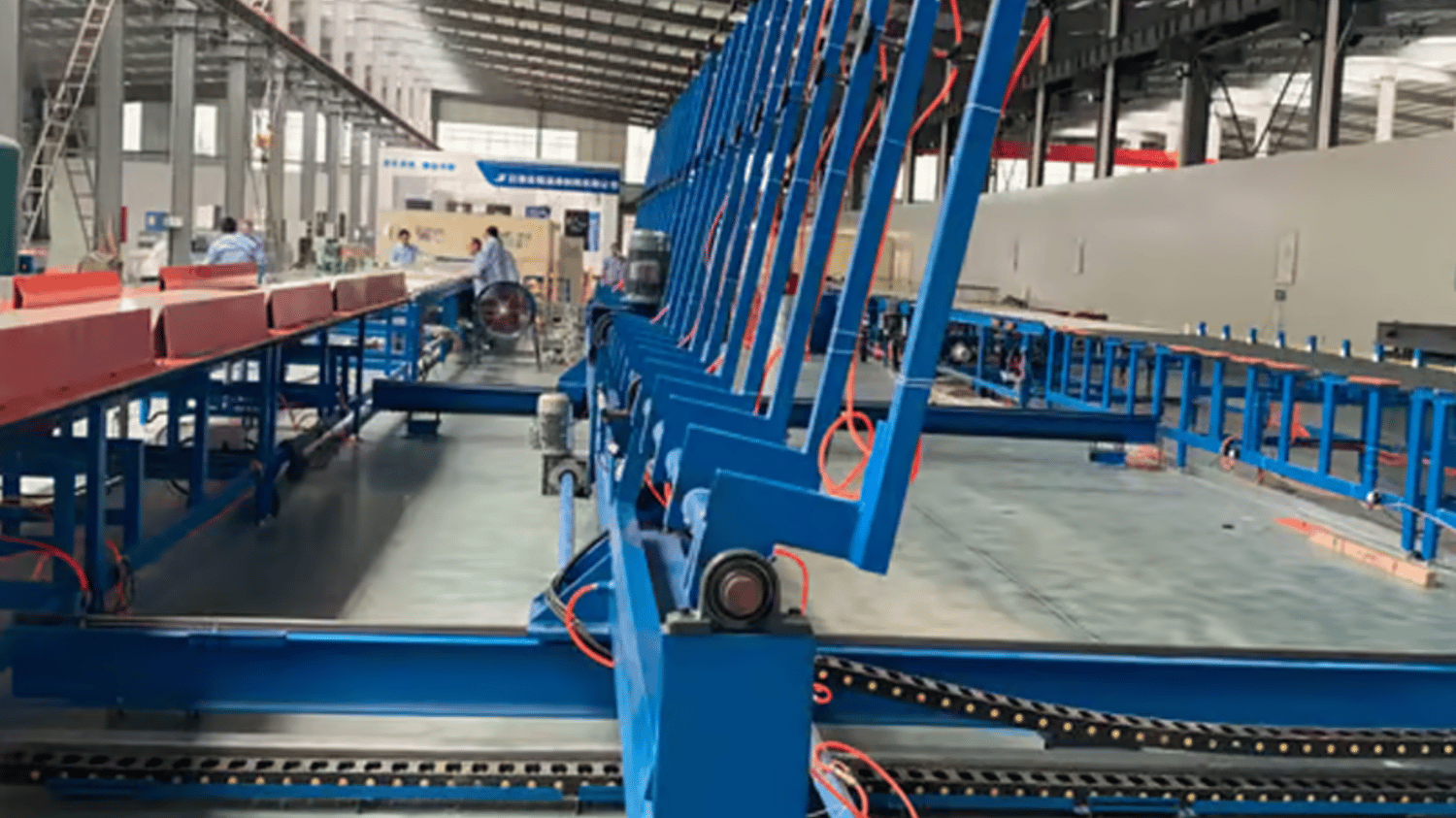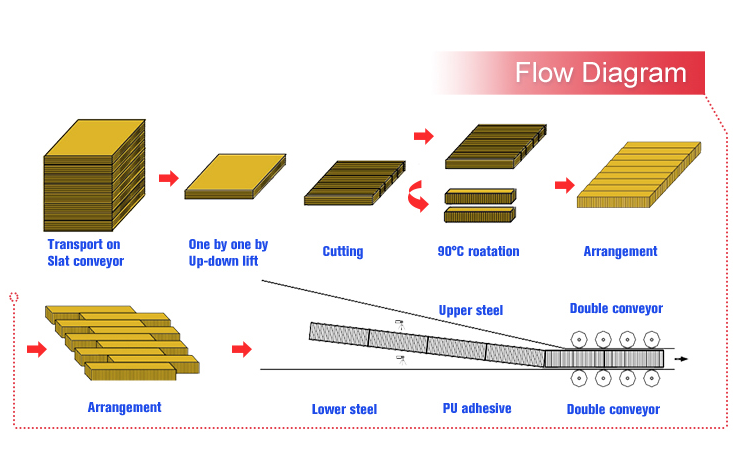Table of Contents

The Importance of Conveying and turning system in Manufacturing
Conveying and turning system play a crucial role in the manufacturing process. It is used to move, transfer, and reorient products through different stages of production, improving efficiency and reducing labor costs in the process. This system is widely used in different industries, including food, beverage, packaging, and automotive. In this article, we will highlight the different facets of conveying and turning system and its benefits to manufacturers.
What is Conveying and Turning System?
Conveying and turning system is a mechanical system that transports products from one place to another. This system consists of a conveyor belt that moves products in a straight line or around curves. The conveyor is equipped with turning devices to reorient products 90 degrees to enable further processing or packaging. The turning system ranging from toggle systems, pneumatic chains and belts are designed to move goods around corners.
Types of Conveying and Turning System
There are different types of conveying and turning system available for manufacturers, depending on their specific production needs. For instance, Slat conveyors are used for transporting heavy and bulky products such as pallets, crates, and machines, while Roller conveyors are ideal for conveying products with an even and flat bottom. Other types of conveying and turning system include belt conveyors, spiral conveyors, overhead conveyors, pneumatic conveyors and more depending on production requirements.
Benefits of Conveying and Turning System
Conveying and turning system provide several benefits for manufacturers. Firstly, it improves efficiency and speed of production as products move smoothly and continuously, reducing manual labor and production time. Additionally, the automated system lowers energy costs and maintenance costs, as it requires minimal repairs and labor. The system also allows for customization and can be easily modified to fit different production needs, thus providing flexibility for manufacturers.
Factors to Consider When Choosing a Conveying and Turning System
Before deciding on a conveying and turning system, manufacturers need to consider factors such as the type of product being transported and its weight and size. The production environment is also an important factor as it will determine the type of conveyor material and components required. Manufacturers should also consider the conveyor's speed and flow rate, as well as its energy consumption requirements.
Applications of Conveying and Turning System
Conveying and turning system have a wide range of applications in different industries. In the food industry, they are used to transport products such as fruits, vegetables, meat, and dairy products. The system is also widely used in the packaging industry, where it helps to move and position packages on the production line, and in the automotive industry, where it is used to convey car parts to different stages of assembly.
Challenges of Conveying and Turning System
While conveying and turning system provide many benefits, there are some challenges that manufacturers face. One of the main challenges is maintaining the cleanliness of the conveyor belt, especially in the food and pharmaceutical industries where hygiene is critical. Additionally, the cost of the system can be high, and it requires regular maintenance to prevent breakdowns and downtime.
Future of Conveying and Turning System
The future of conveying and turning system looks promising, with the development of new technologies such as automation and robotics. The use of advanced sensors and controls will also improve the efficiency of the system and allow for real-time monitoring of its operations. Additionally, research is being done on developing more sustainable and eco-friendly conveying and turning system to reduce the environmental impact of manufacturing.
Conclusion
Conveying and turning system are an essential component of the manufacturing process, providing efficiency, cost savings, and flexibility for manufacturers. With the development of new technologies and the increasing demand for sustainable and eco-friendly manufacturing processes, conveying and turning system will continue to play a vital role in the industry.

